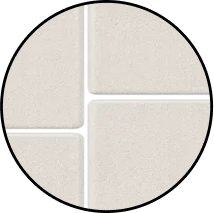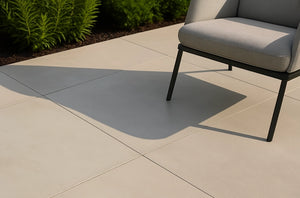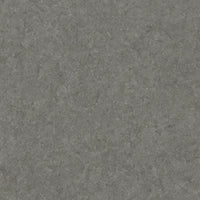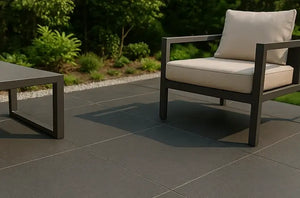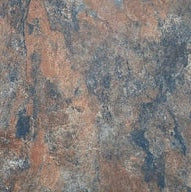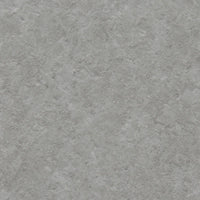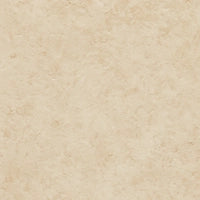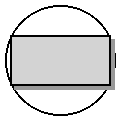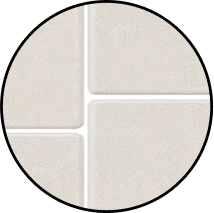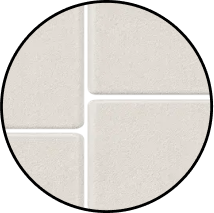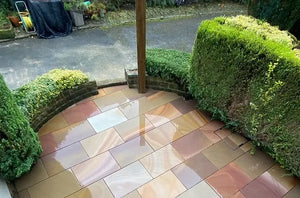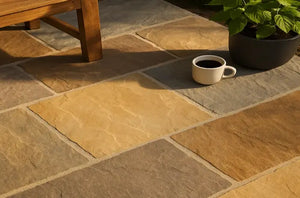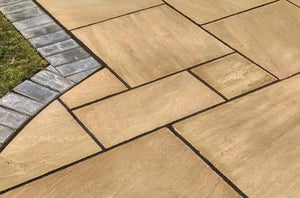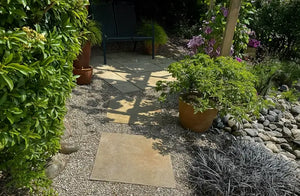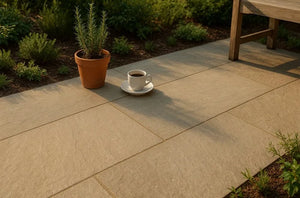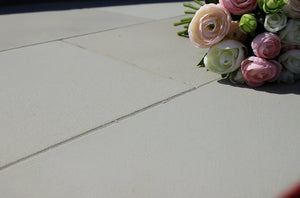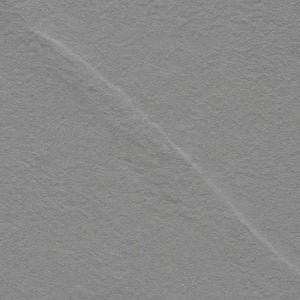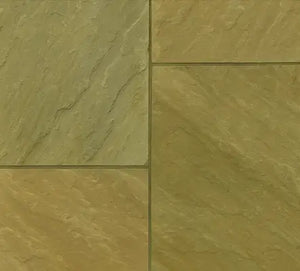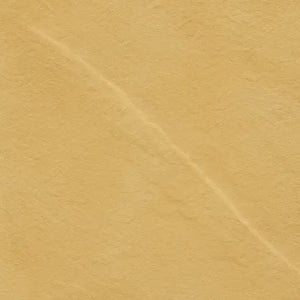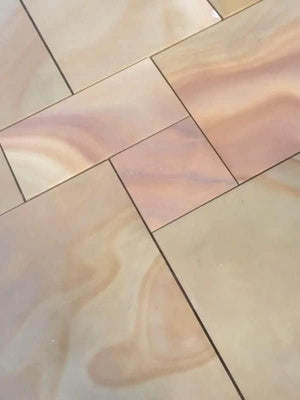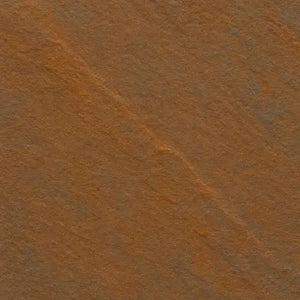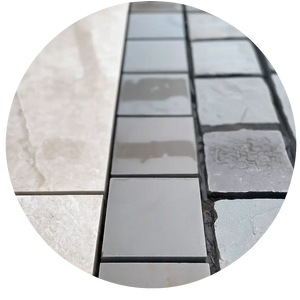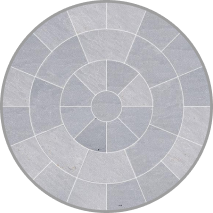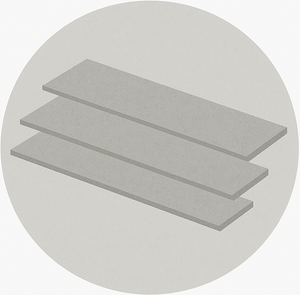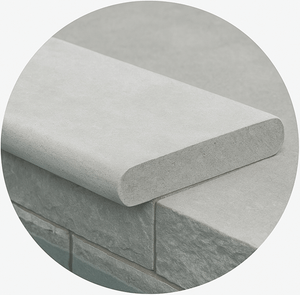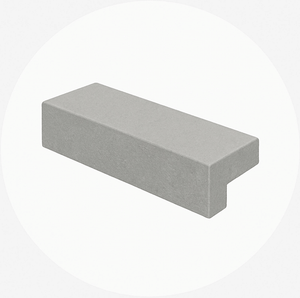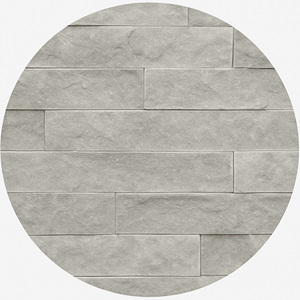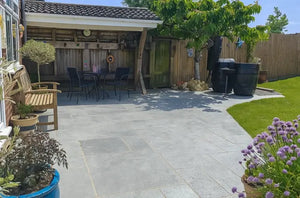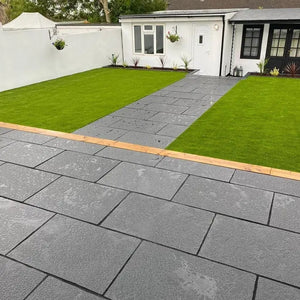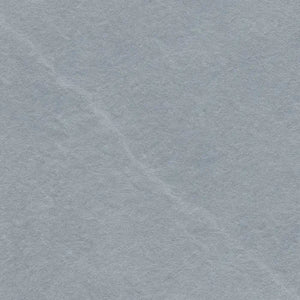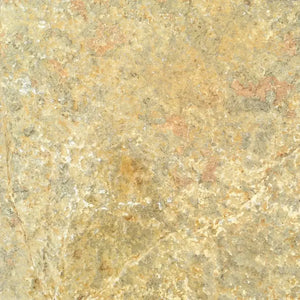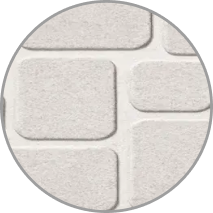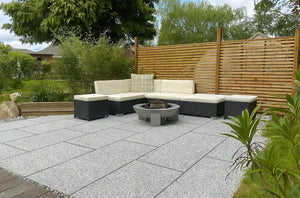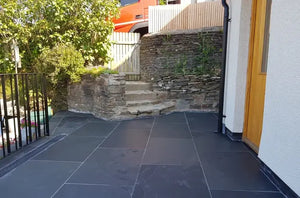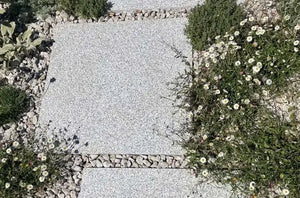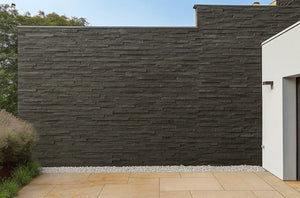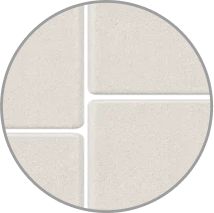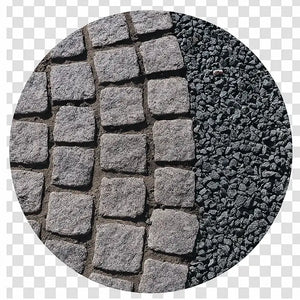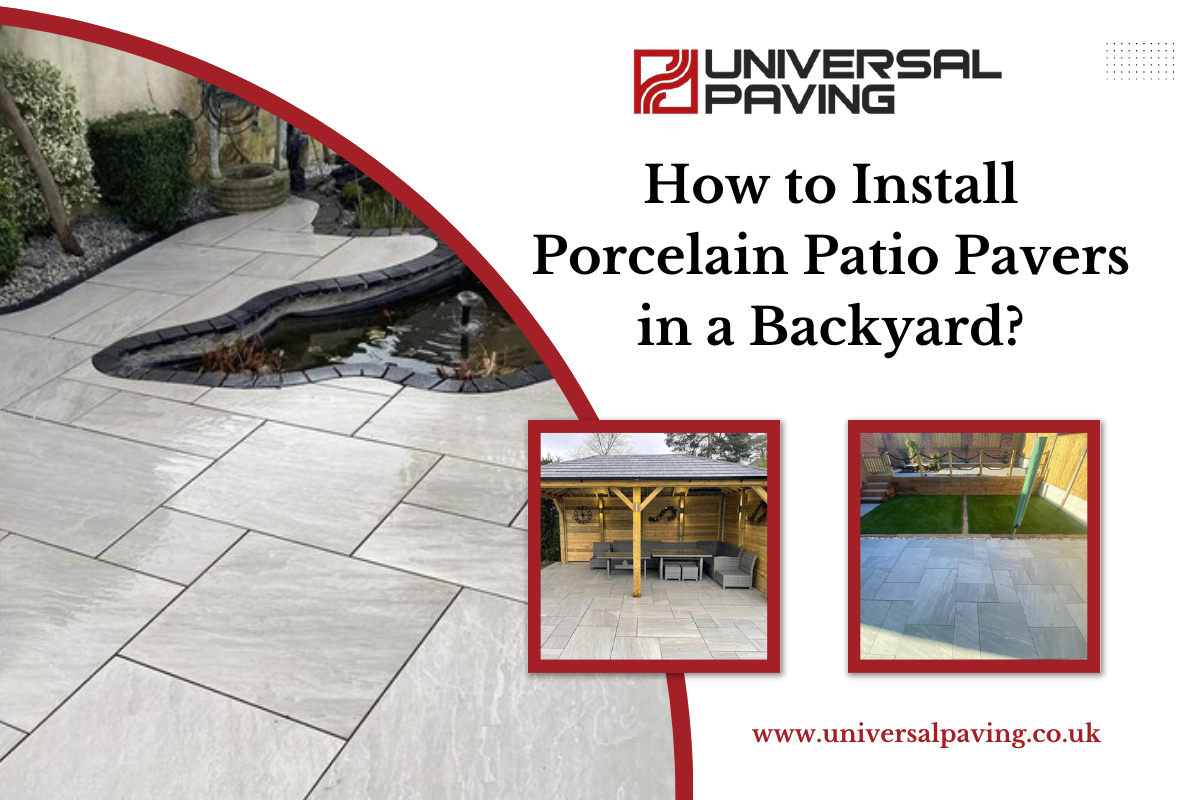
How to Install Porcelain Patio Pavers in a Backyard?
Transforming your backyard into a mesmerizing outdoor haven requires careful consideration of the materials you choose. Among the plethora of options, porcelain patio pavers stand out as a beacon of versatility and durability. In this comprehensive guide, we delve into the intricate process of installing these exceptional pavers, ensuring your backyard becomes a testament to both beauty and endurance.
Unveiling the Elegance of Porcelain Patio Pavers
Crafted from high-quality porcelain, these pavers undergo a meticulous firing process at high temperatures, resulting in a dense and robust material. The array of sizes, shapes, and colors available grants you the freedom to sculpt a personalized outdoor oasis that mirrors your distinct style.
Embracing the Benefits
1. Durability
The hallmark of porcelain patio pavers lies in their ability to withstand the harshest elements. From heavy foot traffic to extreme weather conditions, these pavers emerge unscathed, promising longevity and resilience.
2. Low Maintenance
Simplicity meets sophistication with porcelain patio pavers, as they demand minimal upkeep. Resistant to stains, mold, and mildew, these pavers effortlessly retain their pristine appearance, making them an ideal choice for outdoor spaces.
3. Versatility
Embrace boundless design possibilities with the myriad of colors, patterns, and textures available. Whether your aesthetic leans towards traditional, modern, or rustic, porcelain patio pavers provide a canvas for your creative vision.
4. Slip Resistance
Designed with safety in mind, these pavers boast slip resistance, making them an optimal choice for areas around pools or wherever water is present.
5. Longevity
Investing in porcelain patio pavers ensures a prolonged lifespan. With proper installation and maintenance, these pavers maintain their allure and functionality for years to come.
Also, read: How to Choose the Best Paving Contractor for Your Home?
Tools and Materials: The Building Blocks of Success
Before embarking on the installation journey, gather the essential tools and materials:
Tools:
- Tape measure
- Chalk line
- Level
- Rubber mallet
- Wet saw with a porcelain-specific blade
- Spacers
- Trowel
- Grout float
Materials:
- Porcelain patio pavers
- Gravel or crushed stone base
- Sand or polymeric sand
- Grout
- Edge restraints (optional)
- Sealer (optional)
Preparing the Backyard Canvas
Clear the Area
Initiate the transformation by clearing the designated area. Remove any existing vegetation, debris, or obstacles, creating a pristine canvas for your project.
Mark the Boundaries
Utilize a tape measure and chalk line to mark the boundaries of your patio. This ensures a systematic layout, guaranteeing the even installation of porcelain patio pavers.
Excavate the Area
Dig a trench within the marked boundaries, allowing a depth of 6-8 inches. This provides ample space for the base materials and facilitates proper drainage, a crucial element in ensuring the pavers' stability.
Level the Ground
Verify the evenness of the excavated area using a level. Adjust the soil as necessary to achieve a perfectly level surface.
Compact the Soil
Utilize a plate compactor or hand tamper to compact the soil thoroughly. This step establishes a robust foundation, preventing future shifting or settling of the porcelain patio pavers.
Also, read: Why You Shouldn’t Buy Cheap Paving?
Designing Your Outdoor Masterpiece
Before delving into installation specifics, take a moment to contemplate the design. Choose from patterns such as herringbone, basket weave, or running bond, aligning your selection with the overall aesthetic of your outdoor space.
Installing Porcelain Patio Pavers on Concrete
For those with existing concrete surfaces, the installation process is streamlined:
Clean the Concrete Surface
Begin by meticulously cleaning the concrete surface, removing any dirt or debris. This ensures optimal adhesion between the porcelain patio pavers and the concrete.
Apply a Bonding Agent
Enhance the bond between pavers and concrete by applying a bonding agent. This crucial step fortifies the stability of the entire installation.
Lay the Pavers
Commence the installation by placing the porcelain patio pavers on the bonded concrete surface. Maintain consistent spacing with spacers and periodically check for levelness, ensuring a flawlessly even surface.
Fill the Joints
Once all pavers are in place, fill the joints with sand or polymeric sand. Utilize a broom to sweep the sand into the joints, removing any excess for a polished finish.
Compact the Pavers
Ensure the firm placement of pavers by gently tapping them with a rubber mallet. This eliminates gaps and guarantees a smooth, uniform surface.
Installing Porcelain Patio Pavers on Grass
For those seeking a distinctive outdoor space, installing porcelain patio pavers on grass offers a visually appealing solution:
Remove the Grass
To achieve optimal results, clear the designated area of grass. This establishes a stable and level surface for the porcelain patio pavers.
Level the Ground
Utilize a rake or shovel to level the ground, eliminating any debris or rocks. This meticulous process results in a smooth and even surface for the pavers.
Lay the Base Material
Lay a foundation of gravel or crushed stone to provide stability and improve drainage.
Lay the Pavers
Begin the installation by placing porcelain patio pavers on the base material. Spacers ensure consistent spacing, and periodic level checks guarantee a flat and even surface.
Fill the Joints
After placing all pavers, fill the joints with sand or polymeric sand. Sweep the sand into the joints, removing excess for a pristine appearance.
Compact the Pavers
Gently tap the pavers with a rubber mallet, securing them firmly in place and eliminating any gaps or unevenness.
Also, read: What is the Best Paving for Driveways?
Installing Porcelain Patio Pavers on a Roof Deck or Terrace
Extend your living space by installing porcelain patio pavers on a roof deck or terrace:
Check the Load-Bearing Capacity
Ensure the structure can support the additional weight by consulting a structural engineer or building professional. Assessing the load-bearing capacity is critical for a secure installation.
Install a Waterproofing Membrane
Protect the underlying structure from water damage by installing a waterproofing membrane on the roof deck or terrace. This precaution safeguards against water infiltration, extending the lifespan of the pavers.
Lay the Pavers on Pedestals
Create a level and stable surface using adjustable pedestals. Adjust their height to achieve the desired slope and ensure proper drainage.
Lay the Pavers
Initiate the placement of porcelain patio pavers on top of the pedestals. Spacers maintain consistent spacing, and periodic level checks guarantee a flat and even surface.
Fill the Joints
Upon placing all pavers, fill the joints with sand or polymeric sand. Sweeping the sand into the joints removes excess, providing a clean and polished finish.
Compact the Pavers
Secure the pavers in place by gently tapping them with a rubber mallet, eliminating gaps or unevenness.
Installing Porcelain Patio Pavers for Pool Decks
For a slip-resistant and durable pool deck, porcelain patio pavers are the ultimate choice:
Prepare the Pool Deck
Ensure a clean and debris-free pool deck before installing the pavers. Address any cracks or uneven areas, creating a smooth and even surface.
Lay the Base Material
Enhance stability and drainage by spreading a layer of gravel or crushed stone as a base material.
Lay the Pavers
Begin placing porcelain patio pavers on the base material. Spacers maintain consistent spacing, and periodic level checks guarantee a flat and even surface.
Cut the Pavers to Fit
Customize the installation by using a wet saw with a porcelain-specific blade to cut and fit the pavers around curves. Precise measurements and markings ensure a seamless fit.
Fill the Joints
Once all pavers are in place, fill the joints with sand or polymeric sand. Sweep the sand into the joints, removing any excess for a flawless finish.
Compact the Pavers
Secure the pavers in place by gently tapping them with a rubber mallet, ensuring a uniform and slip-resistant surface.
Maintaining the Timeless Beauty
Preserving the allure of your porcelain patio pavers requires diligent maintenance:
- Regularly sweep or use a leaf blower to remove debris and dirt.
- Clean the pavers with a mild detergent and water solution, utilizing a soft bristle brush or mop.
- Avoid harsh chemicals or abrasive cleaners that may damage the pavers.
- Periodically inspect for cracks or damage, replacing any compromised pavers promptly.
- Apply a sealer to enhance color and protect against stains and fading.
Also, read: How to Clean and Maintain Natural Stone Paving Slabs?
Troubleshooting Common Installation Issues
Even with meticulous installation, challenges may arise:
- If pavers are not level, adjust the base material or pedestal height to rectify the issue.
- Gaps between pavers can be addressed by adding additional sand or polymeric sand.
- Ensure proper compaction of the base material to prevent pavers from shifting or moving.
- Promptly replace any cracked or damaged pavers to mitigate further issues.
Conclusion
Embark on a journey to create an enchanting outdoor space with porcelain patio pavers. Whether adorning concrete, grass, a roof deck, or a pool deck, these versatile pavers marry durability with elegance. Select the perfect pattern, conduct meticulous installations, and embrace regular maintenance to enjoy a visually appealing and enduring outdoor space for years to come.


